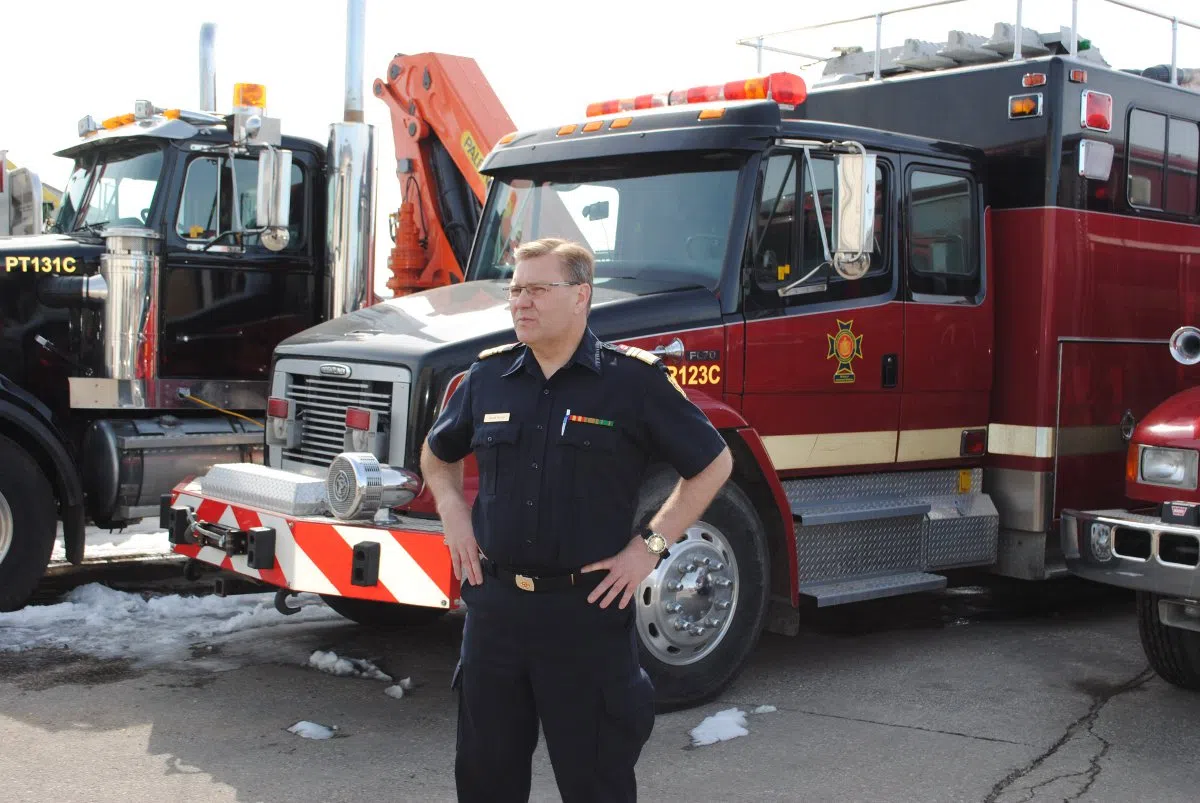
Provincial emergency management base located in PA
With the threat of flooding across the province, the Ministry of Government Relations opened the door to the Emergency Management and Fire Safety Logistics Base to help ease some concerns.
The Logistics Base is located in Prince Albert and is the largest facility of its kind in Saskatchewan.
The base houses much of the tools, equipment and machinery that support not only flooding, but forest fires, brush fires and more for the entire province.
Duane McKay, commissioner for the base, said Prince Albert was a good place to house the facility because of its location in the province.


